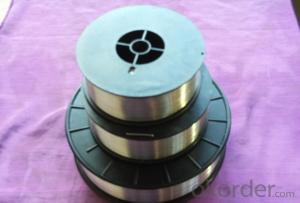Aluminum foil, that shiny, thin, and versatile material we often use in the kitchen, has a lot more going on than meets the eye. It’s not just a simple sheet of metal; it’s a marvel of modern science and engineering. Let’s dive into the science behind its heat conductivity and find out what makes it such a popular choice for cooking, baking, and even for some unconventional uses.
The Wonder Material: Aluminum
Aluminum is a lightweight, non-toxic metal that’s abundant in the Earth’s crust. It’s known for its excellent thermal conductivity, which is second only to copper. This means it can transfer heat quickly and efficiently, making it perfect for use in cooking and baking. But how does it do this? Let’s break it down.
Unraveling the Molecular Mystery
At the molecular level, aluminum has a unique structure that allows for efficient heat transfer. Its atoms are arranged in a close-packed hexagonal lattice, which facilitates the movement of heat through the metal. This lattice structure is like a well-organized highway system for heat energy, ensuring that it moves smoothly and without much resistance.
The Role of Thickness
You might think that the thickness of aluminum foil would affect its heat conductivity, but surprisingly, it doesn’t. Whether you’re using a thin sheet or a thicker one, the heat transfer properties remain largely the same. This is because the heat transfer occurs primarily at the surface, and the thickness doesn’t significantly impact the surface area.
Reflectivity: A Double-Edged Sword
Aluminum foil is also highly reflective, which can be both a blessing and a curse. On one hand, its reflective properties help to keep food warm by reflecting the heat back onto it. On the other hand, if you’re trying to cook or brown food, the reflective surface can prevent that from happening. This is why you’ll often see recipes that call for crumpling or dulling the foil to allow for better heat absorption.
The Art of Wrapping and Sealing
One of the most common uses of aluminum foil in the kitchen is for wrapping and sealing food. It’s great for keeping food moist and tender during cooking, and it also helps to lock in flavors. But did you know that the way you wrap your food can affect the heat transfer? Wrapping food tightly can create a steaming effect, which can speed up the cooking process and make your food juicier.
Beyond the Kitchen
Aluminum foil isn’t just limited to the kitchen. It has a wide range of applications outside the culinary world. From insulation and electronics to automotive and aerospace, aluminum foil’s heat conductivity plays a crucial role in various industries. It’s even used in some medical applications, such as heat therapy, where its ability to conduct heat is put to good use.
The Environmental Impact
While aluminum foil is incredibly useful, it’s also important to consider its environmental impact. Aluminum production is energy-intensive, and while the foil itself is recyclable, not all of it ends up being recycled. As consumers, we can make a difference by choosing to recycle and by using alternatives when possible.
The Future of Aluminum Foil
As technology advances, so does the potential for aluminum foil. Researchers are constantly looking for ways to improve its heat conductivity and durability. Who knows what new and exciting uses for this wonder material we’ll discover in the future?
In Conclusion
Aluminum foil is more than just a kitchen staple; it’s a testament to the power of science and innovation. Its heat conductivity is just one of the many reasons why it’s so widely used and loved. So next time you’re wrapping up leftovers or covering a baking dish, take a moment to appreciate the science behind this seemingly simple material.

